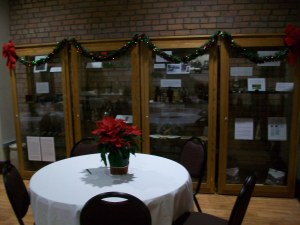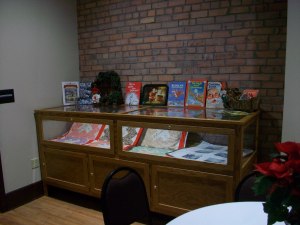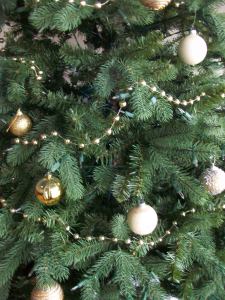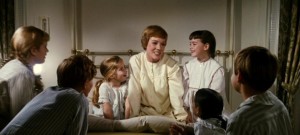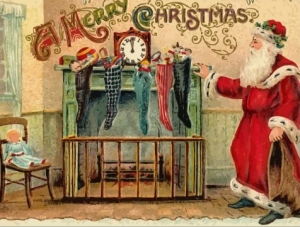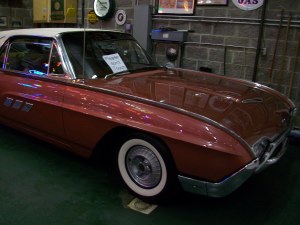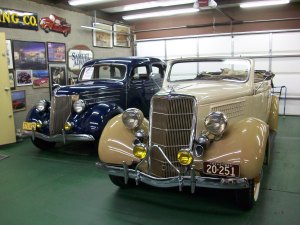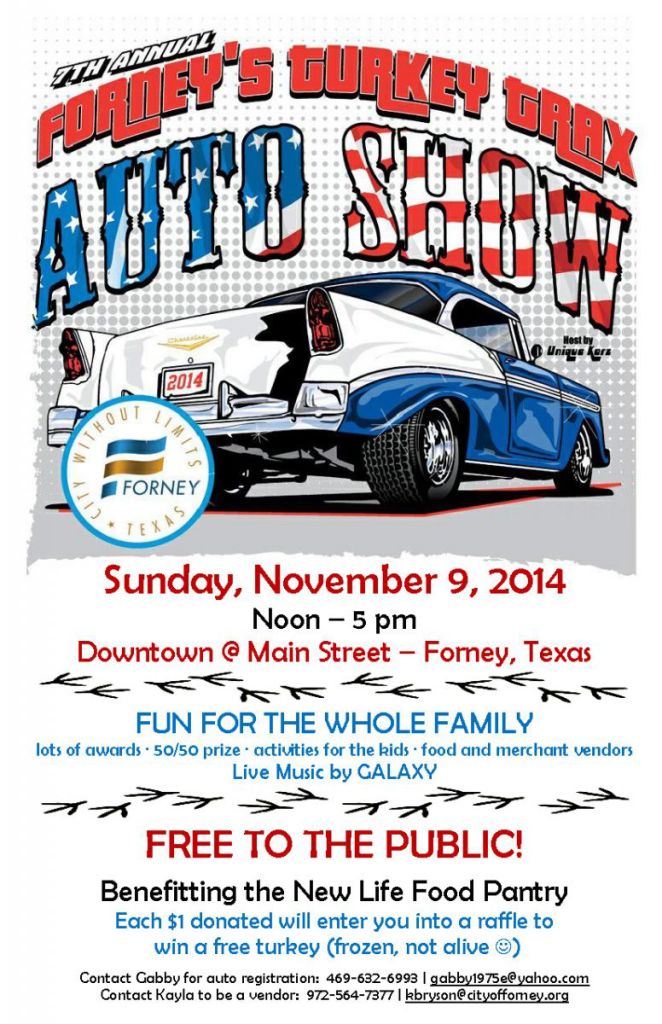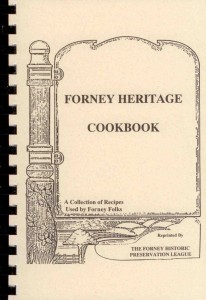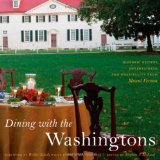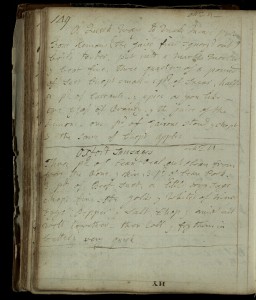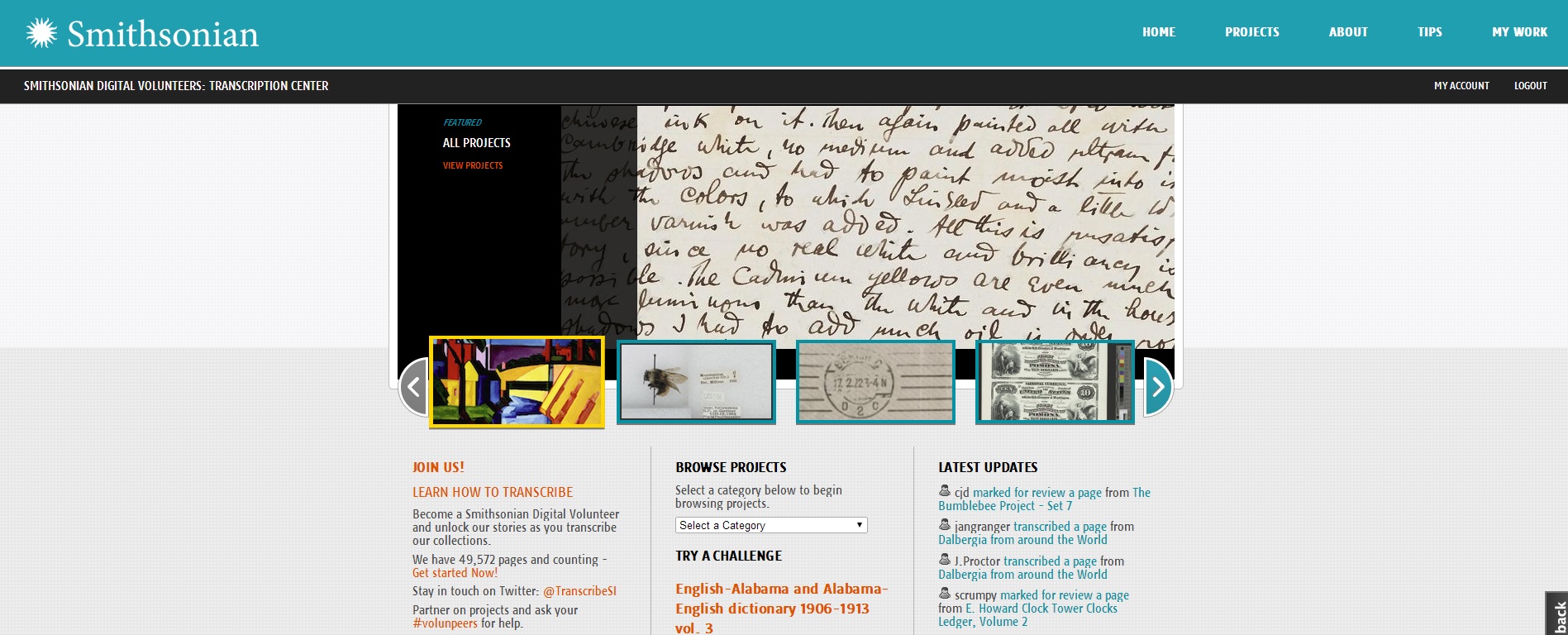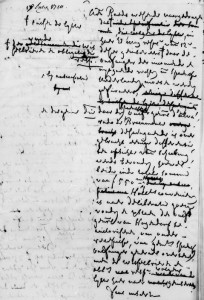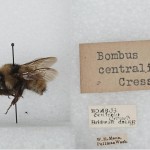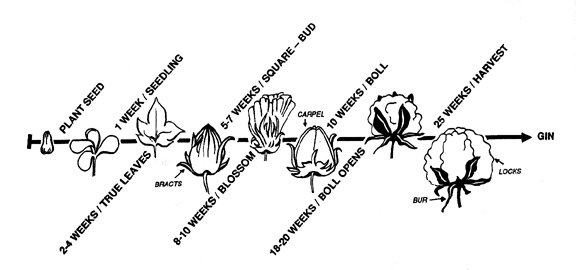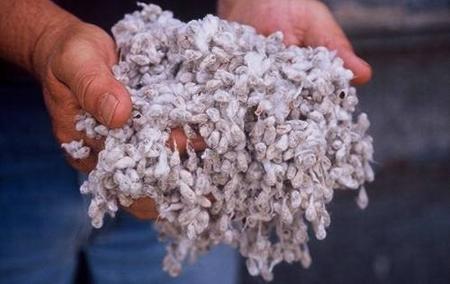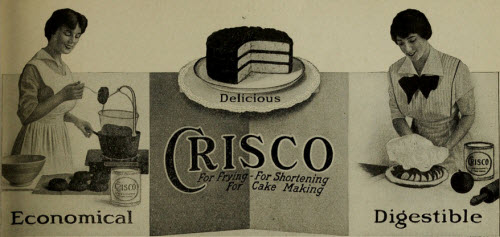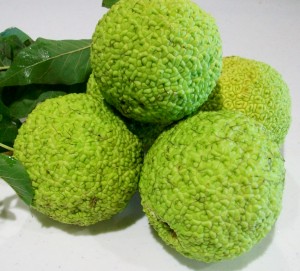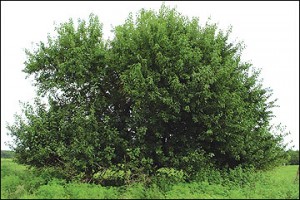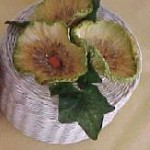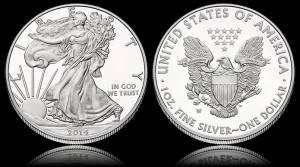It’s been a little chilly the past few days here in Forney. For a few days in a row the temperature didn’t rise above freezing which means that all the snow and sleet that fell left an icy mess over area roads. Forney City offices were closed for two days, and even now snow is falling in Forney. At least today it’s pretty and the roads are clear.
In Forney Country, my go-to reference and constant desktop companion here at the museum, there’s a graphic titled “Mother Nature Acts up in Forney Country” on page 16. It lists many natural disasters that occurred in this area back to the 1850s including cold spells, heat waves, droughts, tornados, dust storms, and even a plague of grasshoppers. One in particular stands out this week:
“1899 – Great Cold Wave of February 11. Mercury plunged to -10 degrees at Dallas. Livestock froze to death in their barns. Soil froze a foot deep.”
That’s cold. That’s almost unbelievably cold, at least for Texas. It is the record cold for Dallas (actually listed at -8 degrees on an unofficial website, but still pretty dang cold). I’m not sure I can imagine what temperatures that low feel like. I’ve got thin skin and thin blood, and pretty much anything below 50 degrees is freezing to me. I don’t feel much difference between 50 degrees and 20 degrees – cold is cold.
But it got me thinking about the coldest I’ve ever been. It’s a little hard to say since I generally choose warmth and try to avoid cold weather destinations. My family got caught in the “Blizzard of ’93” during Spring Break in Tennessee. We were supposed to be touring the Smokies in places like Knoxville and Gatlinburg but the roads froze over, leaving my parents, two brothers, my sister and me stranded and spending the night on the highway in our Oldsmobile waiting for them to clear. That was pretty cold. (The next day we turned south to visit my grandparents in Key West instead. Good call.)
I went to Lake Tahoe a few years ago in December. I remember that there wasn’t much snow; we were able to go skiing but not snowmobiling. For the record I’m not a very good skier, but at least the physical activity of skiing (and falling) kept me from being cold on the slopes. It did feel desperately cold, however, on the quick trips across the street between the casinos after dark. Not enough hot toddies in Nevada to cut that chill. But still, that was maybe a 6-8 minute walk between two heated modern buildings. Not exactly roughing it.
But what’s the coldest I can imagine? Watching “Dr. Zhivago” or “The Thing”? The ice apocalypse of “The Day after Tomorrow”?
How about being stuck in an iced-in ship in northern Canada searching for the Northwest Passage and waiting months or even years for the ice pack to break? We have a winner.
A book by Anthony Brandt details that very scenario when telling of the disastrous 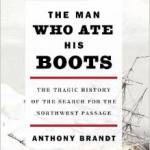 expedition led by Sir John Franklin in 1845 and the numerous rescue missions sent to find him afterwards. The book is titled The Man Who Ate His Boots: The Tragic History of the Search for the Northwest Passage. The title actually refers to an earlier expedition Franklin led from 1819-1822 in which, spoiler alert, some of the men go for so long without food that they resort to eating their boots. And that’s not the worst of it. Not by a long shot.
expedition led by Sir John Franklin in 1845 and the numerous rescue missions sent to find him afterwards. The book is titled The Man Who Ate His Boots: The Tragic History of the Search for the Northwest Passage. The title actually refers to an earlier expedition Franklin led from 1819-1822 in which, spoiler alert, some of the men go for so long without food that they resort to eating their boots. And that’s not the worst of it. Not by a long shot.
Take this passage about the mild winter the earlier expedition experienced:
“The lowest recorded temperature was 57 degrees below zero, but runs of 40 degrees below were common enough, and during January and February the thermometer never once rose above zero.”
Yikes. It’s worth reiterating that that was considered a mild winter in northern Canada.
The 1845 expedition consisted of two ships, John Franklin’s Erebus and Francis R.M. Crozier’s aptly named Terror, and 129 men. They sailed in 1845 for what was supposed to be a 3 year journey and never came back. Beginning in 1848 and for the next 10 years, numerous rescue and salvage missions sent by the British Royal Navy and private financiers found little trace of the ships. Eventually the sad fate of the crew was determined from Inuits and a few notes left in a cairn. The ships had become beset in ice in the fall of 1846. The crew debarked them in 1848 and trekked overland in hopes of finding food, friendly tribes, or a long-abandoned cache of supplies. Rescue missions were able to find only some relics, silverware, and bones.
The book is rather depressing, and not just for the accounts of cold and hunger taken in letters and diaries left from men on this expedition and others. The whole undertaking of finding a Northwest Passage was a sort of unfulfilled manifest destiny. British sailors were unprepared for the conditions, overloaded with supplies that eventually had to be abandoned, and ill-equipped to survive without the help and assistance of natives, whose advice they regularly dismissed. The ironic part is that many of the best maps and discoveries relating to northern Canada’s topography came from those searching for John Franklin, not the Northwest Passage itself.
At any rate, I’ll refrain from complaining about the cold and ice this week. Certainly others have it worse, like the eastern US where the storms have turned deadly. I’ll just bundle up with some hot tea next to the vent from my gas furnace and consider myself lucky. Maybe I’ll re-read Brandt’s book on the arctic. Better yet, I’ll wait until July when I could use a break from the heat.
Thanks,
Kendall
Follow us on facebook – we’re close to 900 likes!
For more info on The Man Who Ate His Boots, check it out on amazon.
For those who don’t think freezing and starving to death is scary enough, read Dan Simmons’ fictional account of the demise of the Franklin expedition in The Terror, also on amazon.


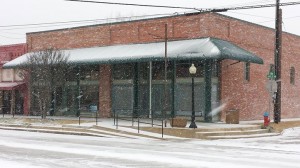
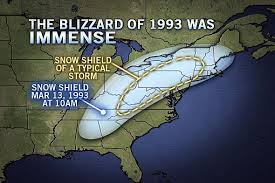
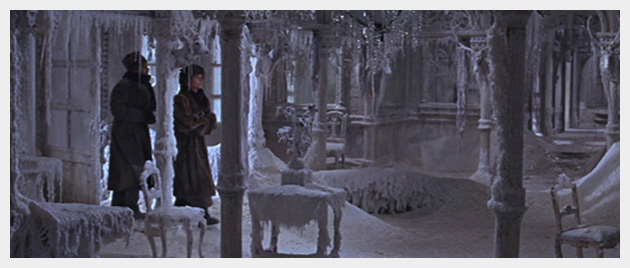
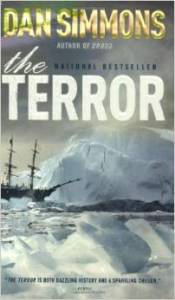
![100_3537[1]](https://historicforney.org/spellmanmuseum/wp-content/uploads/2015/01/100_35371-225x300.jpg)
![100_3540[1]](https://historicforney.org/spellmanmuseum/wp-content/uploads/2015/01/100_35401-300x225.jpg)
